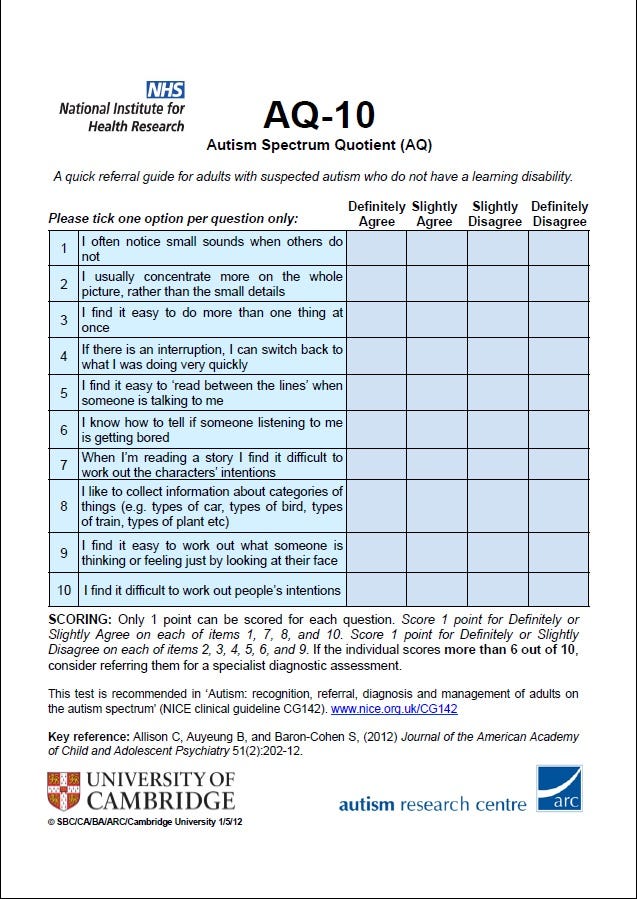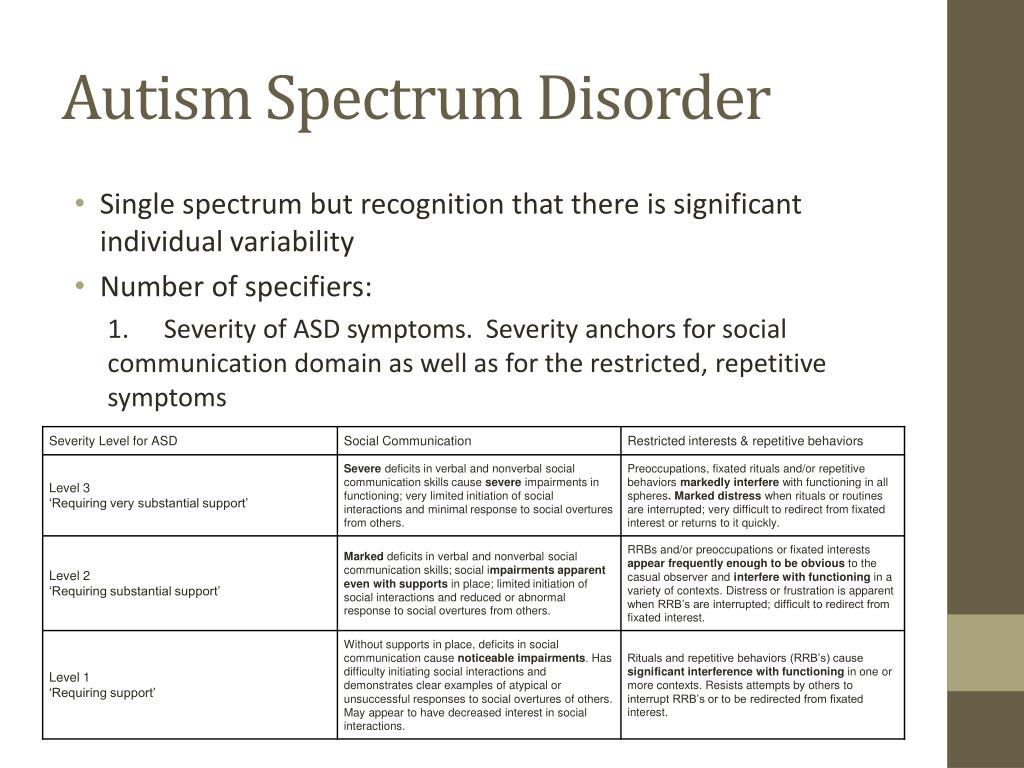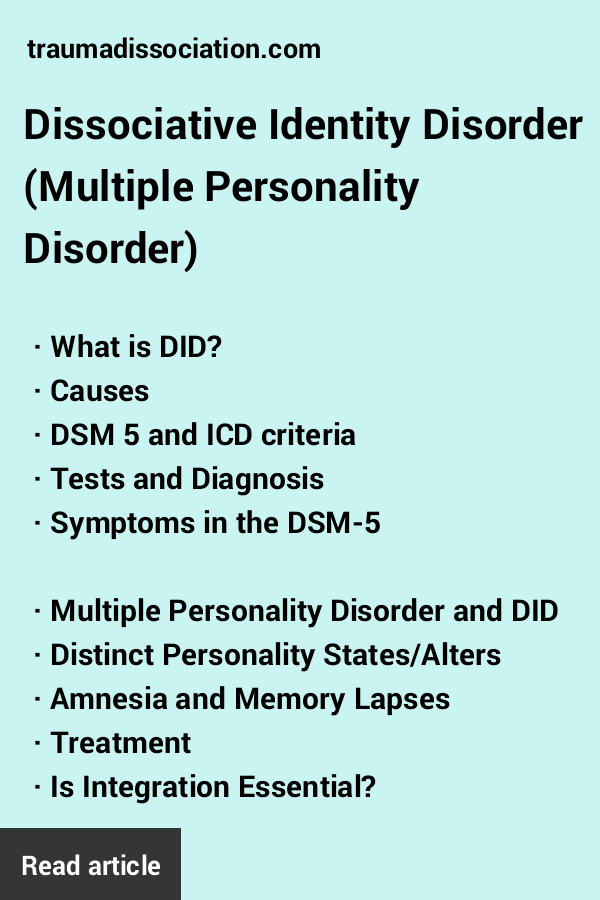

Clinicians completed an iterative process to map specific exemplars from the CDC Autism and Developmental Disabilities Monitoring (ADDM) Network criteria for ASD surveillance, DSM-5 text, and diagnostic assessments to each of the core DSM-5 ASD criteria.
AUTISM SPECTRUM DISORDER DSM 5 MANUAL
N2 - This paper describes a process to define a comprehensive list of exemplars for seven core Diagnostic and Statistical Manual (DSM) diagnostic criteria for autism spectrum disorder (ASD), and report on interrater reliability in applying these exemplars to determine ASD case classification. government work and not under copyright protection in the U.S. The ADDM Network is supported by the Department of Health and Human Services, Centers for Disease Control and Prevention, National Center on Birth Defects and Developmental Disabilities. Funding for co-author (Thurm), Intramural Research Program of the NIMH (1ZICMH002961). UL1TR001450), and the Centers for Disease Control and Prevention (Grant No. 77), Foundation for the National Institutes of Health (Grant No. T1 - Defining in Detail and Evaluating Reliability of DSM-5 Criteria for Autism Spectrum Disorder (ASD) Among Childrenįunding for the SC SUCCESS project was provided by Autism Speaks (Grant No. This framework provides confidence in the consistency of prevalence classifications of ASD and may be further applied to improve consistency of ASD diagnoses in clinical settings.", Classification of DSM-5 ASD by mapping specific exemplars from evaluation records by a diverse group of clinician raters is feasible and reliable. Interrater reliability for each of the DSM-5 diagnostic categories and overall ASD classification was high (defined as very good.60–.79 to excellent ≥.80 Kappa values) across sex, race/ethnicity, and cognitive levels for both phases. Clinicians applied the diagnostic exemplars to child behavioral descriptions in existing evaluation records to establish initial reliability standards and then for blinded clinician review in one site (phase 1) and for two ADDM Network surveillance years (phase 2).

This framework provides confidence in the consistency of prevalence classifications of ASD and may be further applied to improve consistency of ASD diagnoses in clinical settings.Ībstract = "This paper describes a process to define a comprehensive list of exemplars for seven core Diagnostic and Statistical Manual (DSM) diagnostic criteria for autism spectrum disorder (ASD), and report on interrater reliability in applying these exemplars to determine ASD case classification.


This paper describes a process to define a comprehensive list of exemplars for seven core Diagnostic and Statistical Manual (DSM) diagnostic criteria for autism spectrum disorder (ASD), and report on interrater reliability in applying these exemplars to determine ASD case classification.


 0 kommentar(er)
0 kommentar(er)
